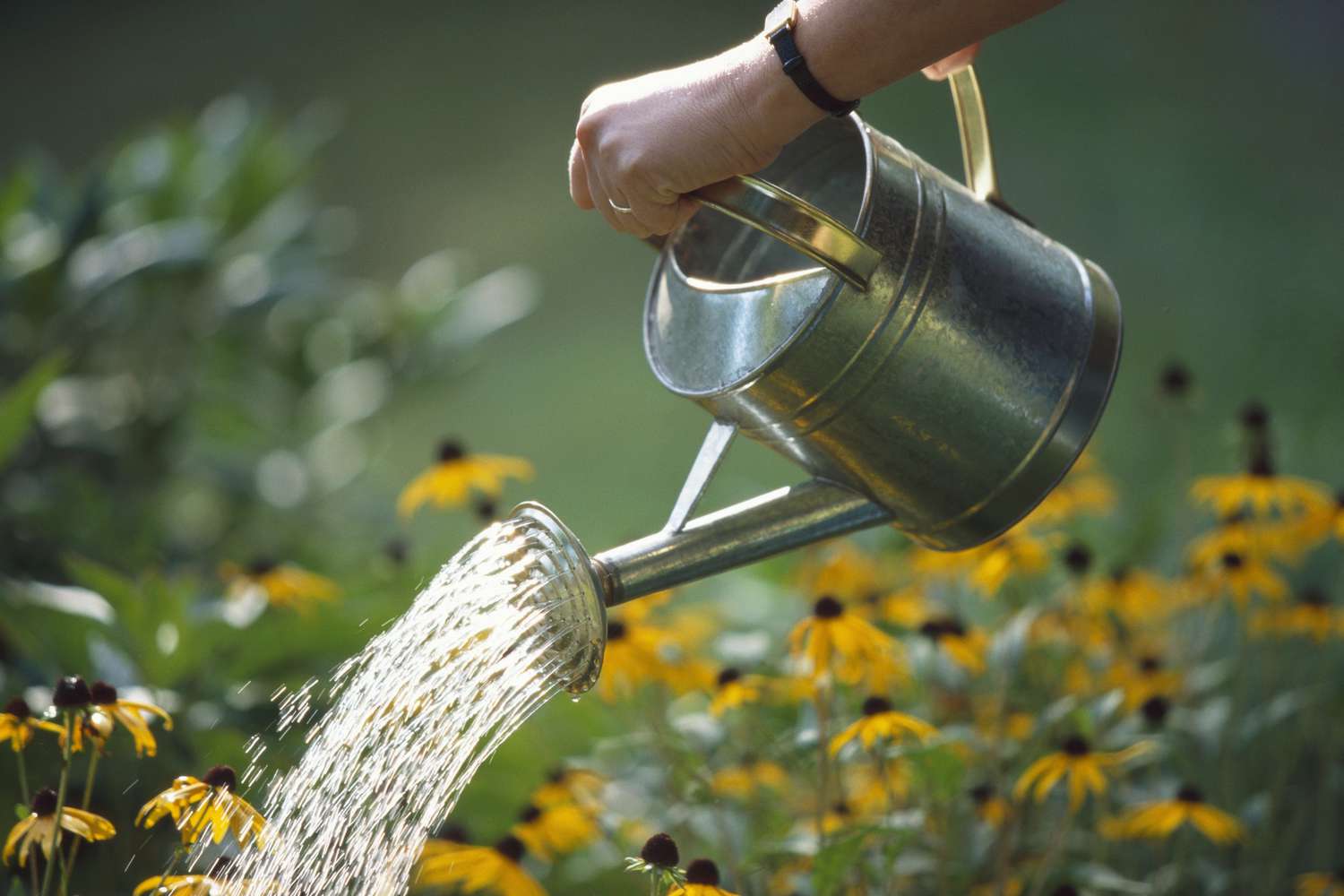

Articles
How Long To Water A Garden
Modified: January 19, 2024
Learn how long to water your garden for optimal growth and health. Expert tips and guidelines for proper watering techniques. Enhance your gardening skills today!
(Many of the links in this article redirect to a specific reviewed product. Your purchase of these products through affiliate links helps to generate commission for Storables.com, at no extra cost. Learn more)
Introduction
Gardening is not just a hobby, but a way to express our love for nature and create a beautiful outdoor space. Whether you have a small balcony garden or a sprawling backyard, one key aspect of maintaining a thriving garden is proper watering. Knowing how long to water your garden is crucial for the health and vitality of your plants.
Watering your garden may seem like a simple task, but there are various factors that can influence how often and how much water your plants need. Understanding these factors will help you make informed decisions and ensure that your garden receives the right amount of water at the right time.
In this article, we will delve into the different factors that affect watering needs, explore the watering requirements of different types of gardens, discuss soil moisture considerations, and guide you on determining the ideal watering duration. We will also cover the frequency of watering, various watering methods and tools available, and signs to look out for in case of under or over watering. Additionally, we will touch upon adjusting your watering schedule based on weather conditions and provide some tips for efficient garden watering.
By the end of this article, you will have a comprehensive understanding of how long to water your garden and be equipped with the knowledge to ensure the well-being of your plants.
Key Takeaways:
- Tailor your garden watering routine by considering plant type, weather, and soil moisture. Efficient watering practices promote healthy growth and conserve water for a vibrant garden.
- Adjust your watering schedule based on weather conditions to ensure optimal hydration for your plants. Implementing drip irrigation and mulching can maximize water efficiency.
Factors Affecting Watering Needs
When it comes to watering your garden, several factors come into play that determine the watering needs of your plants. Understanding these factors will help you tailor your watering routine accordingly and provide optimal conditions for growth. Here are some of the key factors to consider:
- Plant Type: Different plants have different watering requirements. Some plants, like succulents and cacti, prefer drier conditions and can survive with less frequent watering. On the other hand, leafy greens and flowering plants generally require more water. Understanding the specific needs of the plants in your garden is essential in determining the appropriate watering schedule.
- Stage of Growth: The growth stage of your plants can influence their water requirements. Newly planted seedlings, for example, tend to have more delicate root systems and may require more frequent watering to establish themselves. Mature plants, on the other hand, may have deeper-rooted systems and can withstand longer periods between watering.
- Weather Conditions: The weather plays a significant role in determining the watering needs of your garden. Hot and dry weather conditions will cause soil and plants to lose moisture more quickly, requiring more frequent watering. Similarly, windy conditions can increase evaporation rates and dry out the soil faster.
- Soil Type: The type of soil in your garden affects its water-holding capacity. Sandy soils drain water quickly, often requiring more frequent watering. Clay soils, on the other hand, are denser and tend to hold water for longer, potentially leading to overwatering if not managed properly.
- Exposure to Sunlight: The amount of sunlight your garden receives also impacts its watering needs. Plants in full sun tend to lose moisture faster and may require more frequent watering compared to those in shaded areas.
By considering these factors, you can develop a watering routine that is tailored to the specific needs of your garden. Observing your plants closely and monitoring their moisture levels will also help you make adjustments as needed. Understanding these factors will ensure that your plants thrive and flourish, leading to a beautiful and healthy garden.
Types of Gardens and Their Watering Requirements
Every garden is unique, and the type of garden you have will greatly influence its watering requirements. Different types of gardens have varying plant selections and growing conditions, resulting in different watering needs. Let’s explore some common types of gardens and their corresponding watering requirements:
- Vegetable Garden: Vegetable gardens typically require consistent and adequate watering to support healthy plant growth. Most vegetables thrive in moist soil, so it’s important to provide regular irrigation. Aim to keep the soil evenly moist, avoiding waterlogged conditions. Mulching can help conserve moisture and reduce the frequency of watering during hot weather.
- Flower Garden: Flower gardens often feature a variety of annuals and perennials with different water requirements. Plants with larger, lush blooms may require more water than drought-tolerant varieties. Mulching can help retain moisture, reduce weed growth, and improve water efficiency.
- Xeriscape Garden: Xeriscape gardens are designed to minimize water usage and are often filled with native plants that are adapted to arid conditions. These gardens typically require less frequent watering once the plants are established. However, it’s important to water deeply to encourage deep root growth and ensure the plant’s ability to withstand dry periods.
- Container Garden: Container gardens have unique watering needs since they rely on limited soil volume. The soil in containers tends to dry out more quickly than garden beds, so regular watering is necessary. Check the moisture level of the soil frequently and adjust watering based on the specific requirements of the plants in each container.
- Herb Garden: Herb gardens typically consist of a variety of culinary and medicinal herbs. While some herbs, like rosemary and thyme, are drought-tolerant and require less water, others, such as basil and parsley, prefer consistently moist soil. Keep in mind the specific water requirements of each herb and adjust watering accordingly.
These are just a few examples of different types of gardens and their watering needs. Remember to consider the specific requirements of the plants in your garden and adapt your watering routine accordingly. Paying attention to the condition of the soil and the moisture needs of your plants will help you maintain a healthy and vibrant garden.
Soil Moisture Considerations
Understanding the moisture content of your soil is crucial for effective garden watering. The composition and condition of the soil determine its ability to retain water and supply it to the plant roots. Here are some important soil moisture considerations to keep in mind:
- Soil Type: Different soil types have varying capacities to hold water. Sandy soil has large particles that drain quickly, leading to faster moisture loss. Clay soil, on the other hand, has smaller particles and tends to hold water for longer periods. Loam soil, a combination of sand, silt, and clay, is often considered ideal as it has a balanced water-holding capacity. Understanding your soil type will help you determine the appropriate watering frequency and duration.
- Mulching: Applying a layer of mulch around your plants helps to conserve soil moisture by reducing evaporation. Mulch acts as a barrier, preventing water from escaping the soil surface and maintaining a more consistent moisture level. Organic mulches, such as wood chips or compost, also improve soil quality over time.
- Drainage: Proper drainage is essential for maintaining the right moisture levels in your garden. If your soil retains too much water and becomes waterlogged, it can lead to root rot and other plant diseases. Ensure that your garden has proper drainage systems in place to prevent excess water accumulation. If you have heavy clay soil, consider adding organic matter or amending the soil structure to improve drainage.
- Probe or Dig Test: Regularly monitoring soil moisture levels is important to avoid over or underwatering. You can use a probe, like a moisture meter, to check the moisture content at different depths in the soil. Alternatively, you can perform a dig test by simply digging a small hole and observing the moisture level by feeling the soil with your hands. This will help you gauge when it’s time to water.
- Watering Depth: It’s crucial to water deeply, encouraging the roots to grow deeper into the soil. Shallow watering may result in shallow root growth, making plants more vulnerable to drought. Deep watering allows the roots to access water from lower soil layers, promoting stronger and more resilient plants.
By considering these soil moisture considerations, you can effectively manage your garden’s watering needs. Understanding the characteristics of your soil and implementing proper watering techniques will ensure that your plants receive adequate hydration, resulting in healthy growth and thriving garden.
Determining the Watering Duration
One important aspect of watering your garden is determining the appropriate duration for each watering session. The duration will depend on various factors, including the type of plants, soil moisture level, and weather conditions. Here are some guidelines to help you determine the watering duration for your garden:
- Type of Plants: Different plants have different water needs. Some plants, such as succulents, require less water and can tolerate drier conditions. Other plants, like leafy vegetables, may require more frequent watering. Research the specific watering requirements of the plants in your garden to get an idea of their ideal watering duration.
- Soil Moisture Level: Check the moisture level of the soil before watering. You can use a moisture meter or perform a dig test to assess the soil’s moisture content. If the soil still has moisture from the previous watering, it may not be necessary to water again. Conversely, if the soil is dry and crumbly, it’s a sign that it’s time to water.
- Weather Conditions: Consider the weather conditions when determining the watering duration. During hot and dry spells, plants may require more water to compensate for the increased evaporation. On cooler days or during periods of rainfall, you can reduce the watering duration as the soil may retain moisture for longer.
- Plant Size and Stage of Growth: Pay attention to the size and stage of growth of your plants. Smaller plants and newly planted seedlings generally have shallower root systems and will require shorter watering durations. As plants grow larger and develop deeper roots, you may need to increase the watering duration to ensure water reaches the entire root zone.
- Watering Efficiency: It’s important to water thoroughly and evenly to promote uniform plant growth. Watering too quickly may result in runoff, while watering too slowly may not provide sufficient moisture. Aim for a steady and consistent flow of water to ensure proper absorption and distribution.
As a general guideline, watering for 20-30 minutes, 2-3 times per week, is a good starting point for most gardens. However, it’s important to monitor the soil moisture level and plant health to make adjustments as needed. Remember that it’s better to water deeply and less frequently rather than shallow and frequent watering, as this encourages deeper root growth.
Keep in mind that these are general guidelines, and the ideal watering duration may vary depending on your specific garden. It’s important to observe and understand the needs of your plants, as well as the conditions and characteristics of your garden, to determine the most effective watering duration.
Read more: How To Store Garden Vegetables Long-Term
Frequency of Watering
Alongside determining the watering duration, understanding the frequency of watering is essential for maintaining a healthy garden. The frequency of watering will depend on several factors, including plant type, weather conditions, soil type, and stage of growth. Here are some guidelines to help you determine the appropriate frequency of watering for your garden:
- Plant Water Needs: Different plants have different water requirements. Some plants, like succulents and cacti, are drought-tolerant and prefer infrequent watering. On the other hand, plants with larger leaves, such as vegetables and flowering plants, generally require more frequent watering. Research the specific watering needs of the plants in your garden to determine the ideal frequency.
- Weather Conditions: Hot and dry weather conditions accelerate the rate at which soil and plants lose moisture. During these periods, you may need to increase the frequency of watering to compensate for the increased evaporation. On the other hand, during cooler and rainy periods, the frequency of watering can be reduced as the soil retains moisture for longer.
- Soil Type: The type of soil in your garden plays a significant role in determining the frequency of watering. Sandy soils drain water quickly and may require more frequent watering. In contrast, clay soils retain water for longer periods and may not require watering as frequently. Understanding your soil type will help you establish an appropriate watering schedule.
- Stage of Growth: The growth stage of your plants also affects the frequency of watering. Young seedlings and newly planted plants require more frequent watering to establish themselves and develop a strong root system. As plants mature and their root systems expand, the frequency of watering can be reduced. However, it’s important to ensure that the plants receive adequate moisture throughout their growth cycle.
- Observation and Monitoring: A key aspect of determining the frequency of watering is closely observing your plants and monitoring the moisture level of the soil. Regularly check the soil moisture by performing a dig test or using a moisture meter. If the soil feels dry several inches below the surface, it may be time to water. Pay attention to any signs of stress in your plants, such as wilting leaves, as this may indicate the need for more frequent watering.
While these guidelines can provide a starting point, it’s important to remember that every garden is unique, and the optimal frequency of watering may vary. Adapt your watering schedule based on the specific needs of your plants and the conditions in your garden. Over time, with observation and experimentation, you will develop a better understanding of the watering frequency that works best for your garden.
Remember that it’s better to water deeply and less frequently, allowing the water to penetrate the root zone, rather than shallow and frequent watering, which can result in shallow root growth. By providing consistent moisture and avoiding drought stress, your plants will thrive, resulting in a vibrant and healthy garden.
Water your garden for about 1 inch per week, either through rainfall or irrigation. Use a rain gauge to measure and adjust as needed based on weather conditions.
Watering Methods and Tools
Watering your garden effectively involves choosing the right watering methods and utilizing appropriate tools. The goal is to provide sufficient water to your plants while minimizing waste and ensuring even distribution. Here are some common watering methods and tools you can use in your garden:
- Hand Watering: Hand watering allows for precise control and is ideal for smaller gardens or individual plants. You can use a watering can or hose with a watering wand attachment to deliver water directly to the base of the plants. This method is useful for seedlings, delicate plants, and areas that require targeted watering.
- Sprinklers: Sprinklers are commonly used for larger garden areas. They can emit a fine mist or a gentle spray, covering a wider area with water. Oscillating sprinklers, impact sprinklers, and pulsating sprinklers are the most common types. Make sure to adjust the water flow, pattern, and positioning of the sprinkler to ensure even coverage and minimize water waste due to evaporation or runoff.
- Drip Irrigation: Drip irrigation systems deliver water directly to the root zone of plants, minimizing water loss through evaporation. This method is efficient and conserves water as it targets the plants’ root systems. Drip irrigation systems typically consist of hoses or tubes with built-in emitters that release water slowly. They can be configured as drip lines, soaker hoses, or individual emitters placed near each plant. Drip irrigation systems are particularly useful for vegetable gardens, container plants, and landscape beds.
- Sprayers and Misters: Sprayers and misters are suitable for tender or delicate plants that require a gentle and fine spray of water. Handheld sprayers or misters can be used to provide a misting effect that mimics natural rainfall. This method can help to rejuvenate plants and maintain a humid environment, especially for tropical or moisture-loving plants.
- Watering Timers: Watering timers are useful tools that can be connected to a hose or irrigation system. They allow you to set a specific watering schedule and duration, ensuring consistent and regular watering. This is particularly helpful if you’re away or have a busy schedule, as it automates the watering process and ensures that your plants receive water even in your absence.
When choosing a watering method and tools, consider the specific needs of your garden and plants. Factors such as plant type, garden size, soil conditions, and water availability will influence your choice. It’s important to ensure that the watering method you choose delivers water efficiently, helps prevent water waste, and promotes healthy plant growth.
Remember to monitor the moisture level of the soil and observe your plants’ response to the watering method. Make adjustments as necessary to optimize your watering routine and ensure your garden receives the right amount of water for optimal growth and health.
Signs of Under or Over Watering
Proper watering is a delicate balance, and it’s important to be able to identify the signs of under or over watering in your garden. Recognizing these signs will help you adjust your watering routine and prevent potential damage to your plants. Here are some common signs to watch out for:
- Underwatering:
- Wilting: One of the first signs of underwatering is wilting of leaves, particularly during the hottest parts of the day. Wilting leaves may appear limp, droopy, and less turgid.
- Dry Soil: Check the soil moisture by inserting your finger a few inches into the soil. If it feels dry, crumbly, or powdery, it indicates a lack of water.
- Yellow or Browning Leaves: In some cases, underwatered plants may develop yellowing or browning leaves. This occurs as the plant attempts to conserve moisture by shedding older leaves.
- Slow Growth: Insufficient water can cause slow growth and stunted development in plants. This is especially noticeable in young seedlings.
- Overwatering:
- Wilting: Paradoxically, overwatered plants can also exhibit wilting. The excessive moisture prevents roots from taking up oxygen, leading to wilting despite the abundance of water.
- Yellowing Leaves: Overwatering can cause a condition known as “chlorosis,” where the leaves turn yellow or pale green due to nutrient deficiencies and the inability of roots to absorb essential minerals.
- Mold, Algae, and Fungi: Excessive moisture creates favorable conditions for the growth of mold, algae, and fungi in the soil or on the plant surface.
- Rotting Roots: Overwatering suffocates the roots, leading to root rot. Affected plants may have a foul smell and show signs of root decay.
- Leaf Drop: Overwatered plants may drop leaves or have leaves that easily fall off when touched.
It’s important to note that some of these signs can be caused by factors other than watering issues, such as pests or diseases. Therefore, it’s crucial to carefully assess the overall health of your plants and consider all possible causes.
To avoid both under and overwatering, monitor the moisture level of the soil regularly, adjust your watering routine based on the specific needs of your plants, and pay attention to the signals your plants are giving you. Striking the right balance will help you maintain healthy and thriving plants in your garden.
Adjusting Watering Schedule Based on Weather Conditions
Weather conditions play a vital role in determining the watering needs of your garden. As the weather changes, adjusting your watering schedule accordingly is essential to ensure that your plants receive the appropriate amount of water. Here are some tips for adjusting your watering schedule based on weather conditions:
- Hot and Dry Weather: During periods of high temperatures and dry spells, plants can lose moisture rapidly through evaporation. It’s important to increase the frequency and duration of watering to compensate for the increased water loss. Consider watering early in the morning or late in the evening when the temperatures are cooler and evaporation rates are lower.
- Rainy Weather: During rainy periods, you can reduce the frequency of watering as plants may receive sufficient moisture from rainfall. However, it’s important to monitor the soil moisture and ensure that excessive rainfall does not lead to waterlogging or oversaturation. If the soil becomes too saturated, adjust your watering schedule accordingly to prevent root rot and other water-related issues.
- Cooler Weather: Temperatures drop during cooler seasons, resulting in slower evaporation rates and reduced water needs. Adjust your watering schedule by reducing the frequency of watering, as plants will require less water. Be mindful of the specific needs of your plants and monitor the soil moisture to avoid over or underwatering.
- Windy Conditions: Windy conditions can accelerate the evaporation of moisture from plants and soil. As a result, the soil may dry out more quickly, requiring more frequent watering. Consider using windbreaks or mulching to help retain soil moisture and reduce the impact of wind on your garden.
- Drought Conditions: During prolonged drought conditions, water may become scarce. It’s important to prioritize watering and focus on essential plants or those that are particularly vulnerable to drought. Implement water conservation practices, such as mulching and collecting rainwater, to make the most efficient use of the available water.
Monitoring the weather forecast and observing the condition of your garden will help you make informed decisions about adjusting your watering schedule. Remember that the specific requirements of your plants and garden may vary, so always pay attention to their needs and respond accordingly.
By adjusting your watering schedule based on weather conditions, you can ensure that your plants receive the optimal amount of water to thrive and remain healthy. This approach not only conserves water but also provides the necessary hydration for your garden’s growth and vitality.
Read more: How Long To Water Your Grass
Tips for Efficient Garden Watering
Efficient garden watering practices not only ensure that your plants receive adequate moisture but also help conserve water and promote healthier growth. By implementing these tips, you can optimize your watering routine and maximize the efficiency of water usage in your garden:
- Water Early in the Day: Water your garden in the early morning when the temperatures are cooler and evaporation rates are lower. This allows the water to penetrate the soil without excessive evaporation, ensuring that the plants have ample moisture to carry them through the day.
- Water at the Base of Plants: Direct water to the base of plants rather than watering from above. This helps minimize water waste by avoiding unnecessary runoff and ensures that the water reaches the roots where it’s needed most.
- Use Mulch: Apply a layer of organic mulch around your plants. Mulching helps retain moisture in the soil by reducing evaporation rates, suppressing weed growth, and improving soil temperature regulation. It also helps prevent soil erosion and adds nutrients to the soil as it breaks down over time.
- Implement Drip Irrigation: Consider installing a drip irrigation system in your garden. Drip irrigation delivers water directly to the root zones of plants, minimizing water waste through evaporation or runoff. It also promotes deeper root growth and ensures more efficient water distribution.
- Monitor Soil Moisture: Regularly check the moisture level of the soil to avoid under or overwatering. Use a soil moisture meter or perform a simple finger test by feeling the soil a few inches below the surface. Adjust your watering routine based on the moisture level of the soil and the specific needs of your plants.
- Group Plants with Similar Water Needs: Group plants together based on their water requirements. This allows you to water them more efficiently by avoiding over or underwatering certain plants. Separating plants with high water needs from those with lower water needs can help ensure that each plant receives the appropriate amount of water.
- Collect Rainwater: Utilize rainwater by setting up a rain barrel or utilizing other water-catching methods. Rainwater is natural and free from chemicals, making it an ideal source for watering your garden. Use the captured rainwater during dry periods to supplement your watering routine and conserve tap water.
- Regularly Maintain Irrigation Systems: If you have an automated irrigation system, regularly inspect and maintain it. Check for leaks, clogs, or any other issues that may affect its efficiency. Cleaning or replacing clogged emitters or nozzles ensures that water is distributed evenly and prevents water waste.
- Observe and Adjust: Pay close attention to your plants and how they respond to your watering routine. Be observant of any signs of underwatering or overwatering, and adjust your watering schedule accordingly. Each garden is unique, so it’s essential to adapt your practices to the specific needs of your plants and garden environment.
By following these tips for efficient garden watering, you can optimize water usage, promote plant health, and contribute to sustainable gardening practices. Conserving water not only benefits the environment but also saves you time, effort, and money in the long run while nurturing a beautiful and flourishing garden.
Conclusion
Watering your garden is a fundamental aspect of maintaining a healthy and thriving outdoor space. By understanding the factors that affect watering needs, such as plant type, weather conditions, and soil moisture, you can tailor your watering routine to provide optimal hydration for your plants. Choosing the right watering methods and tools, adjusting your schedule based on weather conditions, and implementing efficient watering practices will ensure that your garden receives the right amount of water while conserving this precious resource.
Throughout this article, we have explored the various aspects of garden watering, including determining the watering duration, adjusting watering frequency, considering soil moisture levels, and recognizing signs of under or overwatering. We have also provided tips for efficient garden watering, such as watering early in the day, using mulch, and implementing drip irrigation systems.
Remember that each garden is unique, and the watering needs of your plants may vary. It’s important to observe your plants closely, monitor soil moisture levels, and make adjustments as necessary. By maintaining a delicate balance in your watering routine, you can support healthy plant growth, prevent water waste, and contribute to a sustainable and vibrant garden.
So, whether you have a small container garden on your balcony or a large landscape filled with diverse plant species, use the knowledge and tips provided in this article to water your garden effectively. By incorporating efficient watering practices into your routine, you can provide the optimal conditions for your plants to thrive, ensuring a lush and beautiful garden for years to come.
Frequently Asked Questions about How Long To Water A Garden
Was this page helpful?
At Storables.com, we guarantee accurate and reliable information. Our content, validated by Expert Board Contributors, is crafted following stringent Editorial Policies. We're committed to providing you with well-researched, expert-backed insights for all your informational needs.


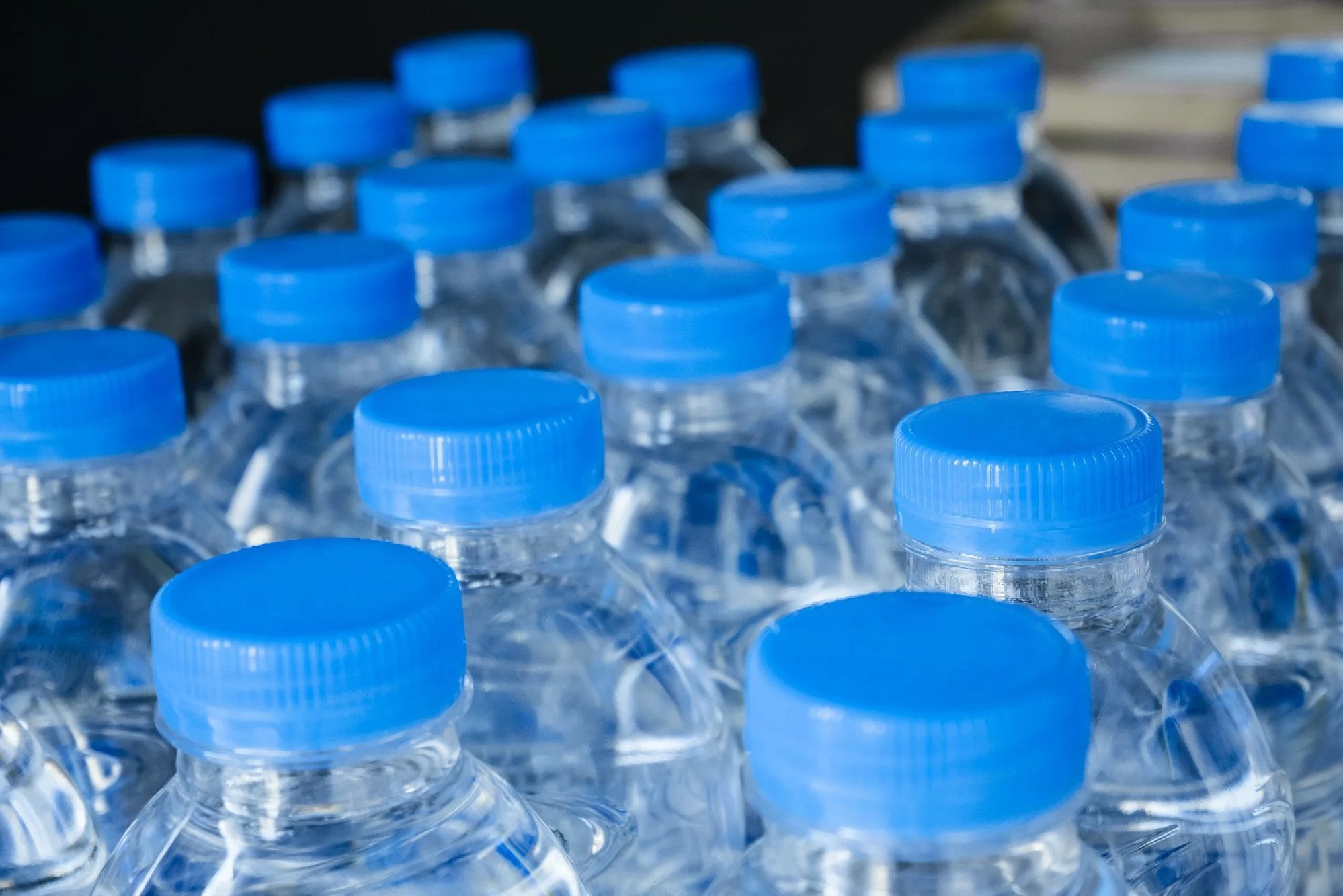
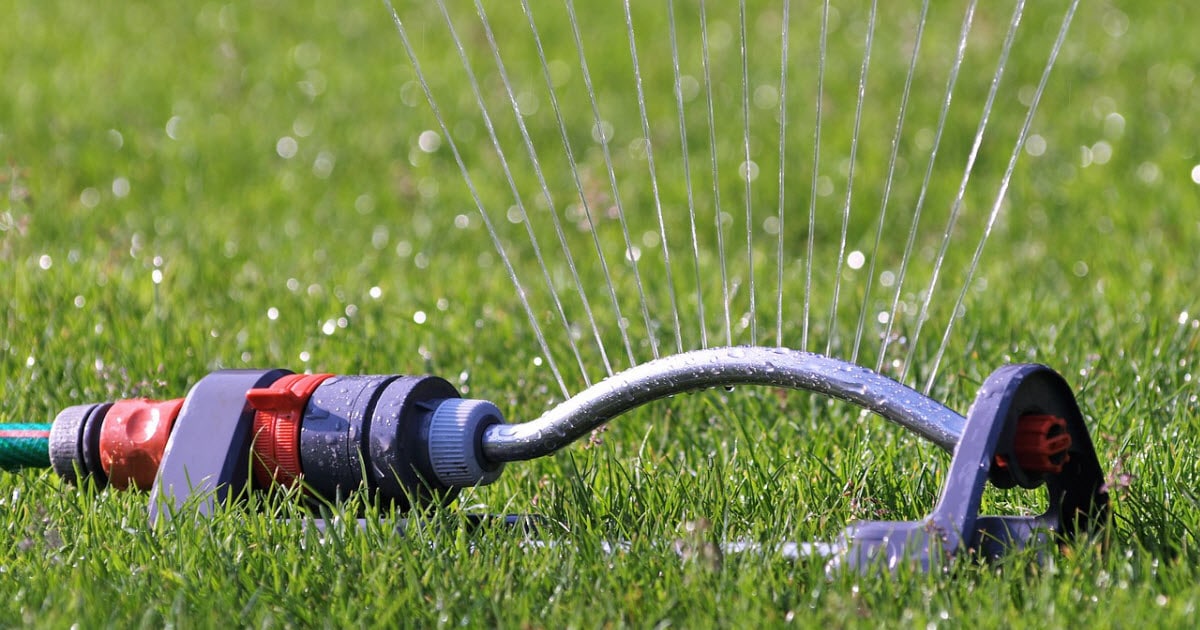
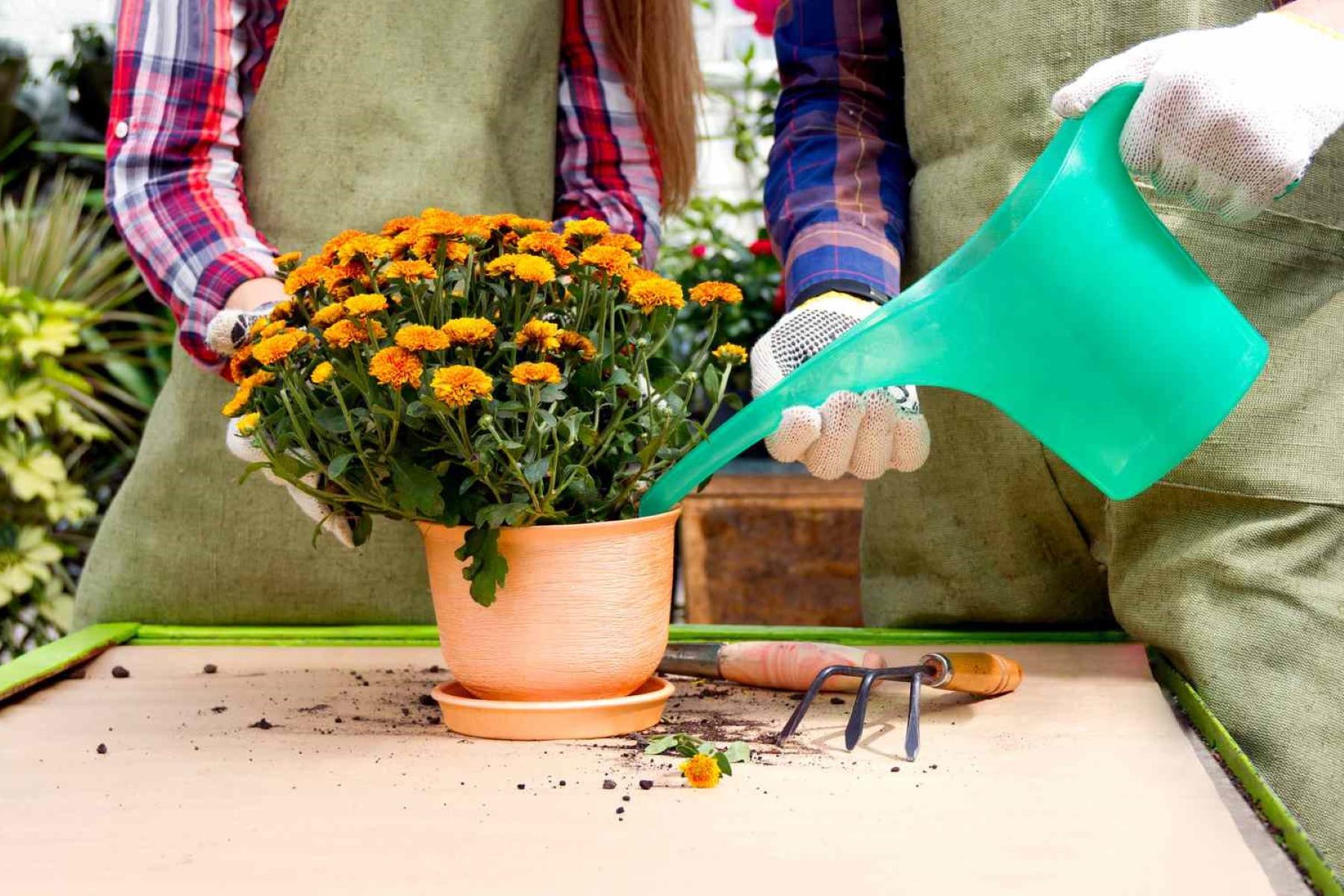
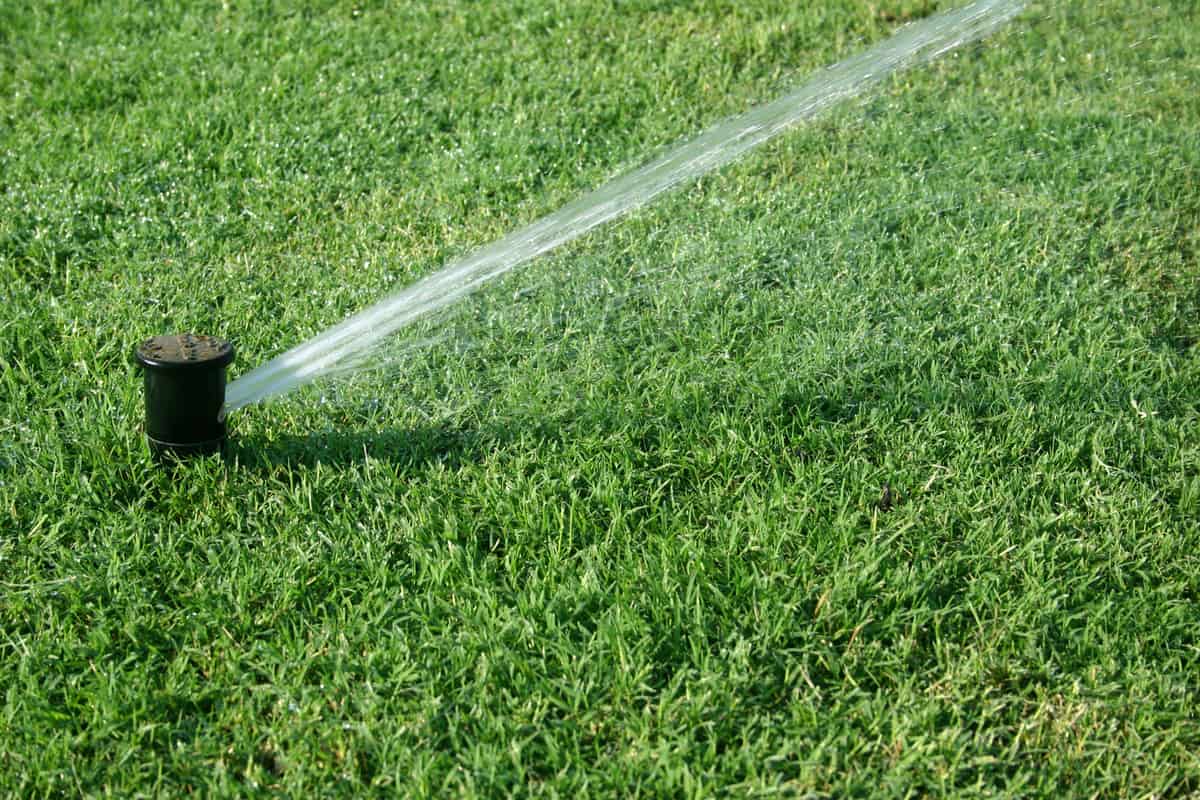
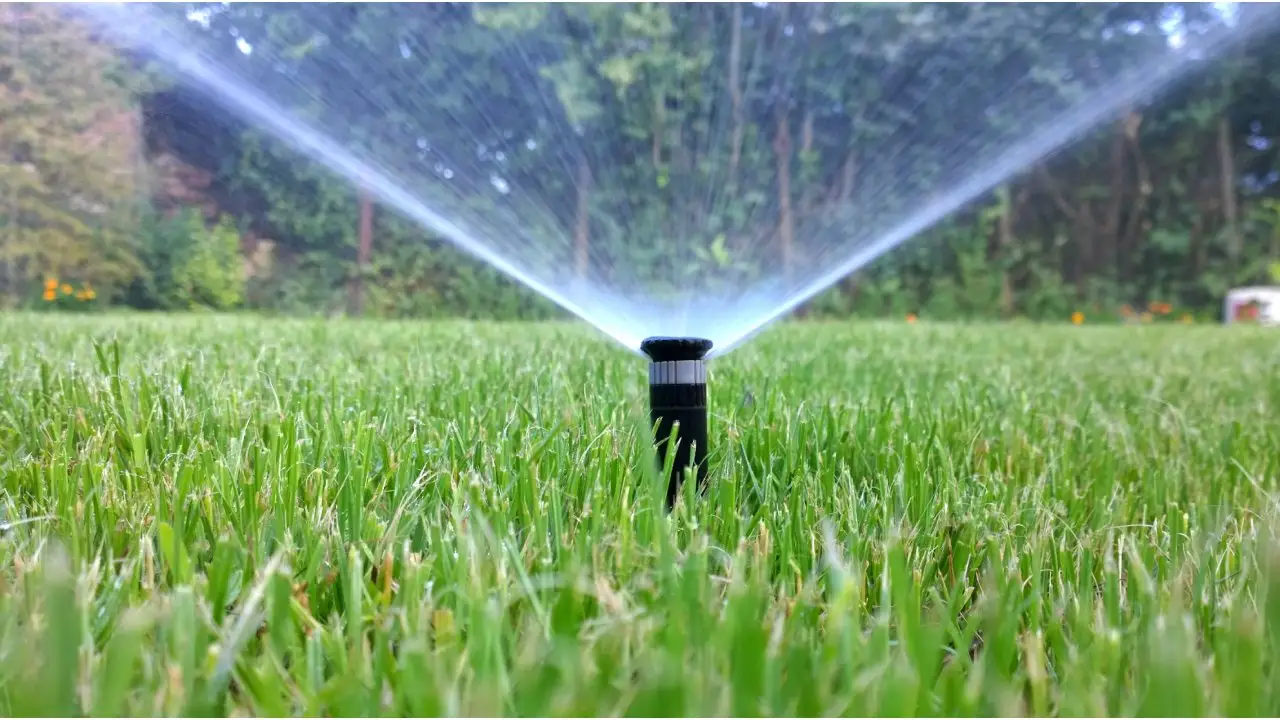
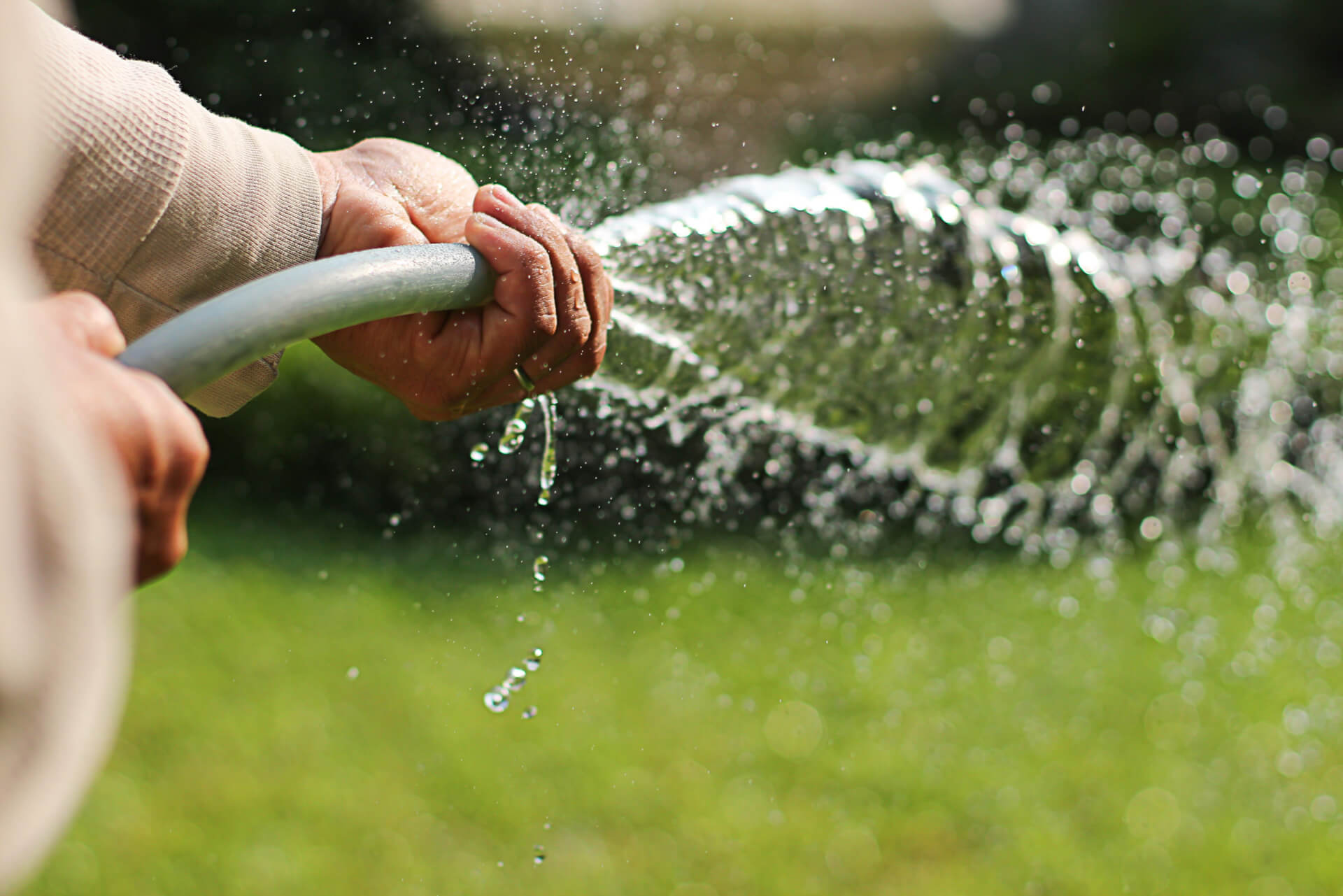
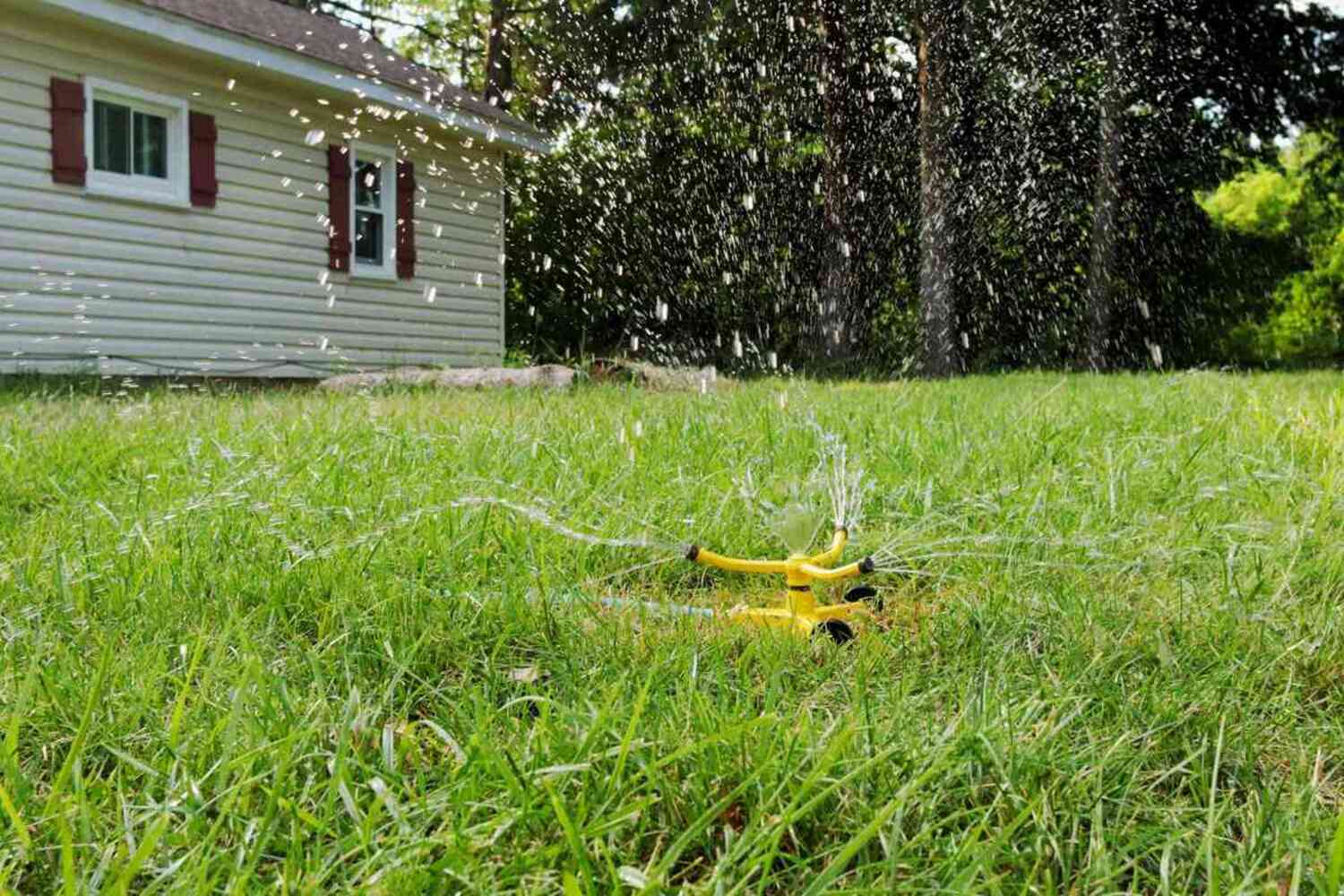
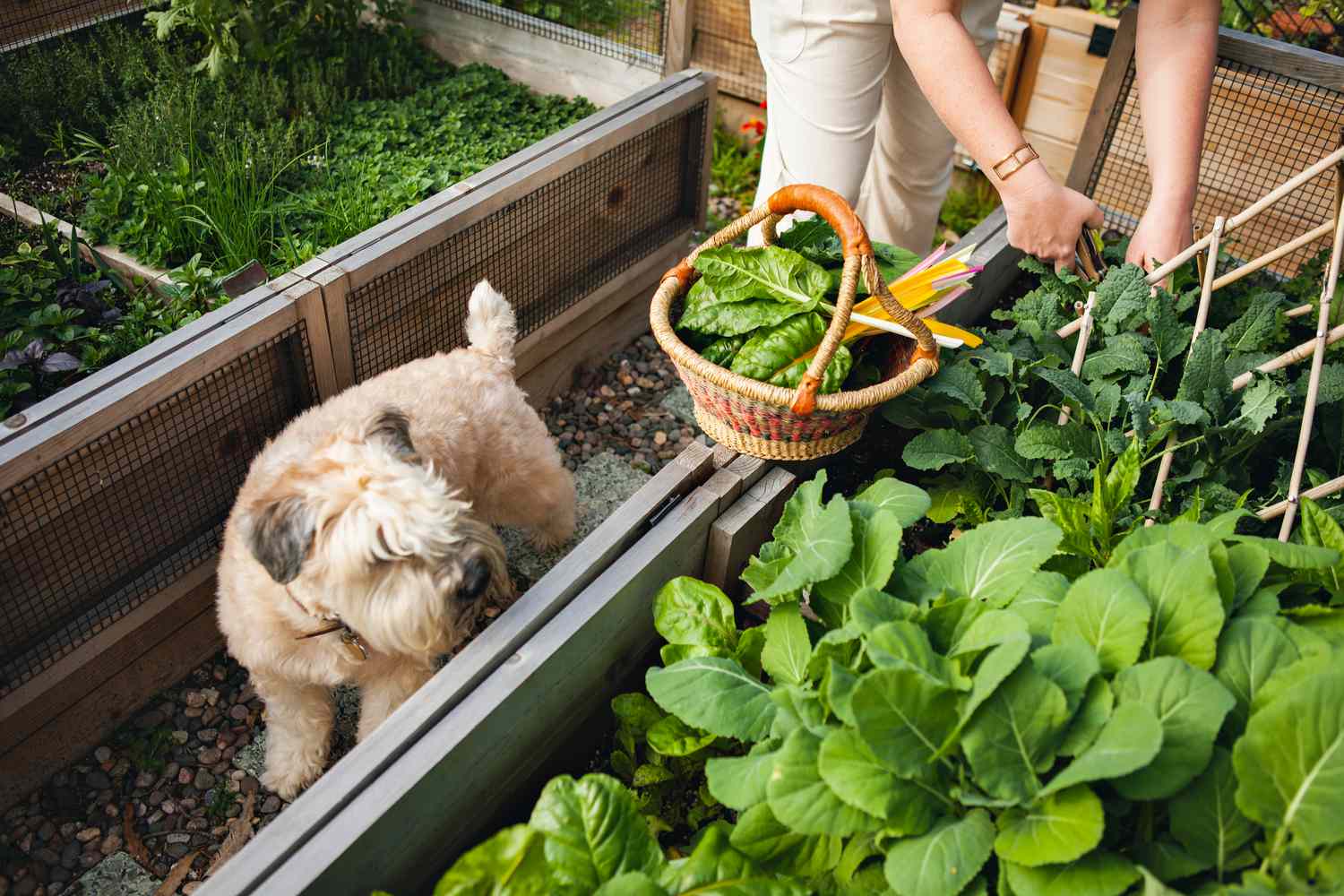
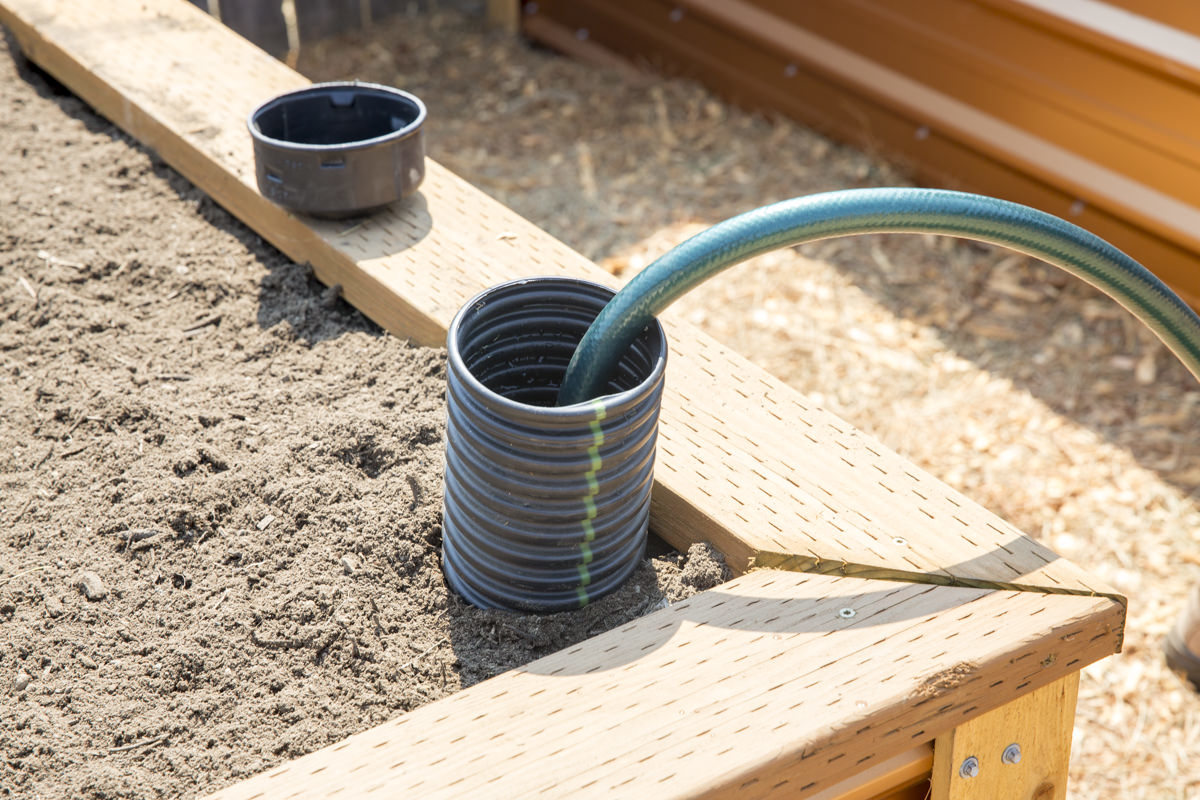
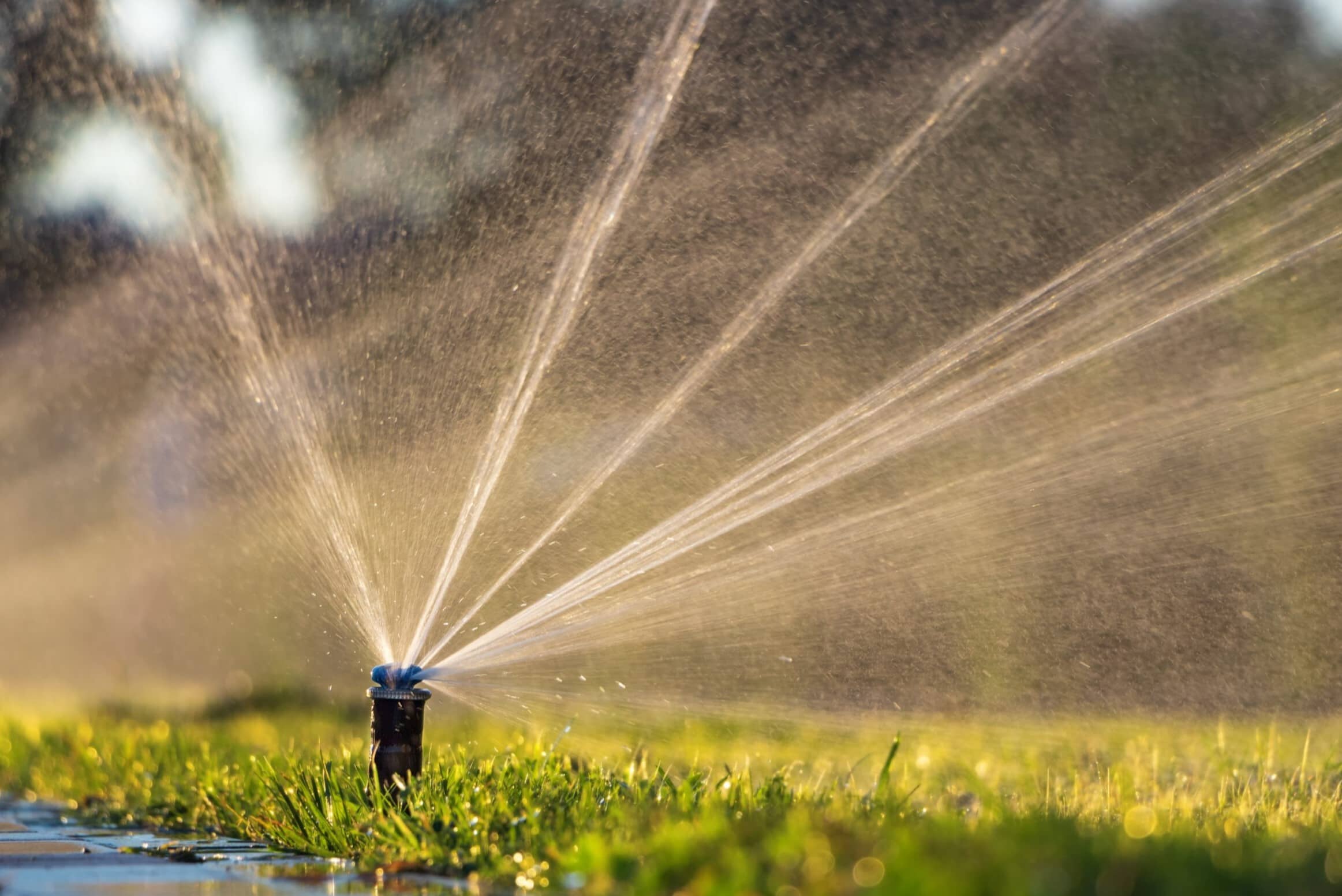
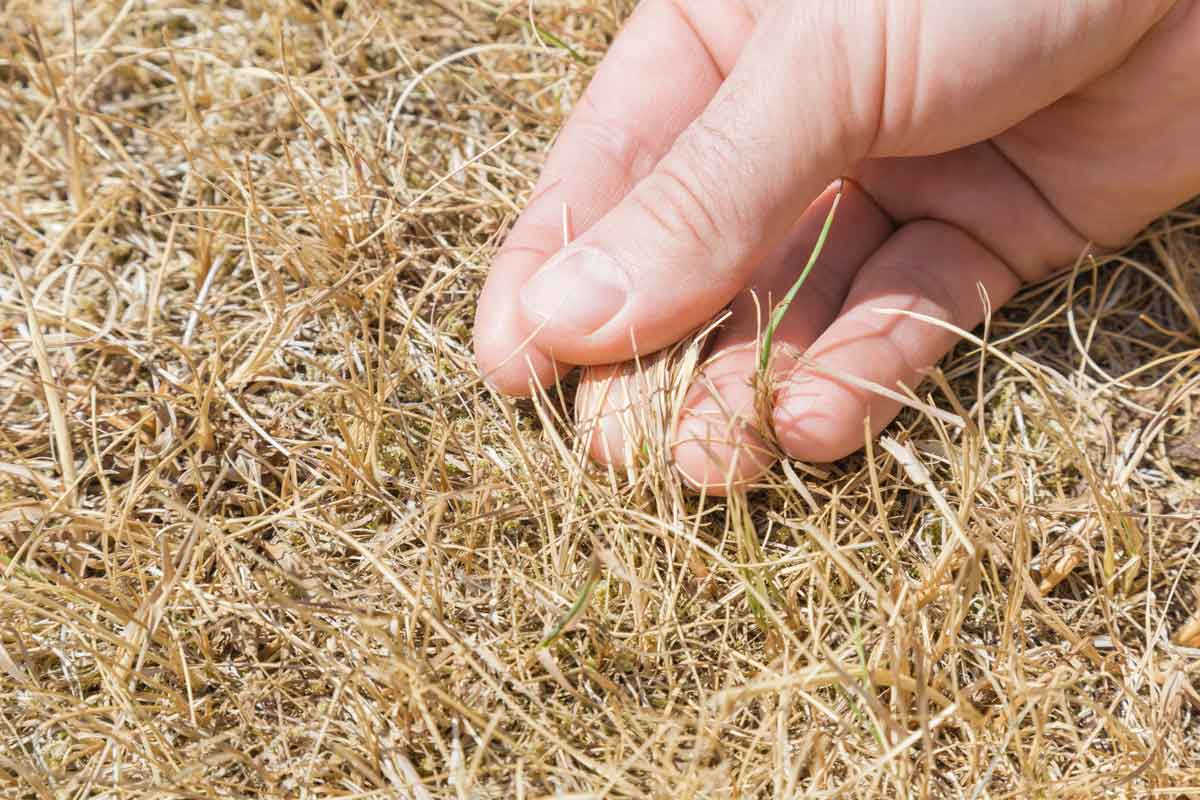

0 thoughts on “How Long To Water A Garden”